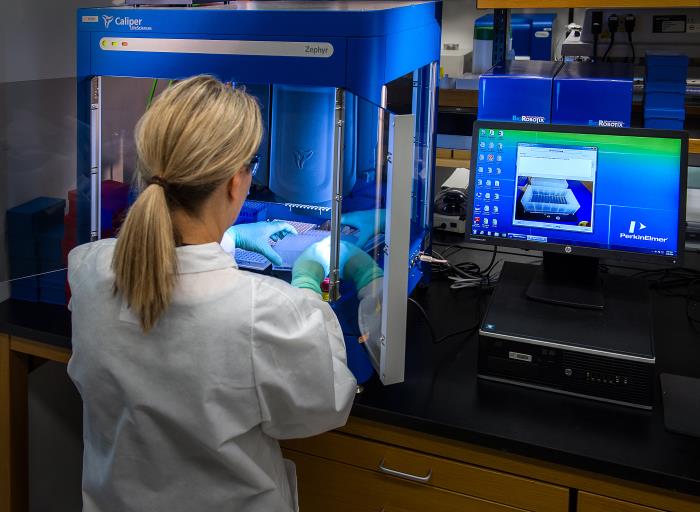Key points
- For acute rubella cases, viral specimens should be collected as soon possible after symptom onset.
- Methods of rubella detection include RT-PCR and virus isolation.

Methods of detection
RT-PCR
Detection of rubella RNA in a clinical sample can provide laboratory confirmation of infection. Real–time RT–PCR and endpoint RT–PCR to detect rubella RNA are performed at CDC. These protocols are available to qualified laboratories.
The RT–PCR, which is more sensitive than endpoint RT–PCR, is used for detection of rubella RNA, while endpoint assays are used to amplify the region of the rubella genome required to determine genotype.
Virus isolation
Rubella virus isolation will be performed at the discretion of the CDC rubella lab.
Contact information
Specimens for RNA detection
Nasopharyngeal swabs are preferred sample types for detecting rubella RNA in both CRS cases and suspected acute cases. Other acceptable specimen types include throat swabs and urine.
Collection of both nasopharyngeal or throat swabs and urine samples, when feasible, can increase the likelihood of detecting the virus.
Timing of specimen collection
Ideally, for acute rubella cases, viral specimens should be collected as soon after symptom onset as possible, preferably one to three days after onset, but no later than seven days post-onset.
CRS cases can continue to shed virus for up to one year after birth. However, samples should be collected prior to 3 months of age if possible because by 3 months of age approximately 50% will no longer shed virus. Infants with CRS should be considered infectious until they are at least 1 year old or until two cultures of clinical specimens obtained one month apart after the infant is older than 3 months of age are negative for rubella virus.
CDC may use rubella virus RNA detection as a surrogate for detection of rubella virus by culture at the discretion of the CDC rubella lab.
